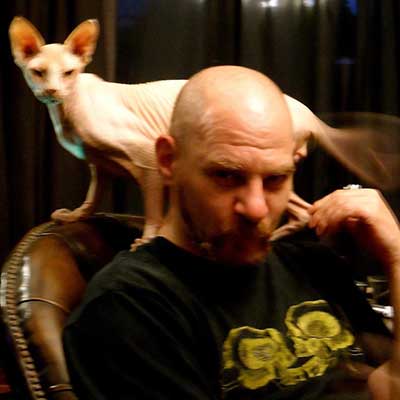You can hear a pin drop. And an idiot bleating. Aside from a couple of overly inebriated attendees (“You can make that sound inside of you!” someone shouts back), the atmosphere inside the Great Hall is charged, reverent, connected.
This humbling, reconstructed three-storey wooden building, complete with fire pit, ornately carved pillars and bearskins and shields adorning the walls, is the heart of Midgardsblot – a festival set in the old Viking settlement of Borre, home of the Vestfold dynasty. Ancient burial mounds overlook a craggy coastline; archery, axe-throwing and various strenuous fighting games are taught; a Viking village has been set up and pilgrims have travelled from across the world for three days of Nordic culture, battle re-enactments, site tours, lectures, culturally aware heavy metal in the form of Ihsahn, Myrkur, 1349 and many more, and all-round, out-of-this-world enchantment.
Tonight, inside the Hall next to the main stage, Wardruna founder Einar Selvik is making a solo appearance, explaining his philosophy and the properties of his ancient instruments in between stripped-down renditions of songs that resonate outside of time, yet bind every possible moment into the here, now and beyond.
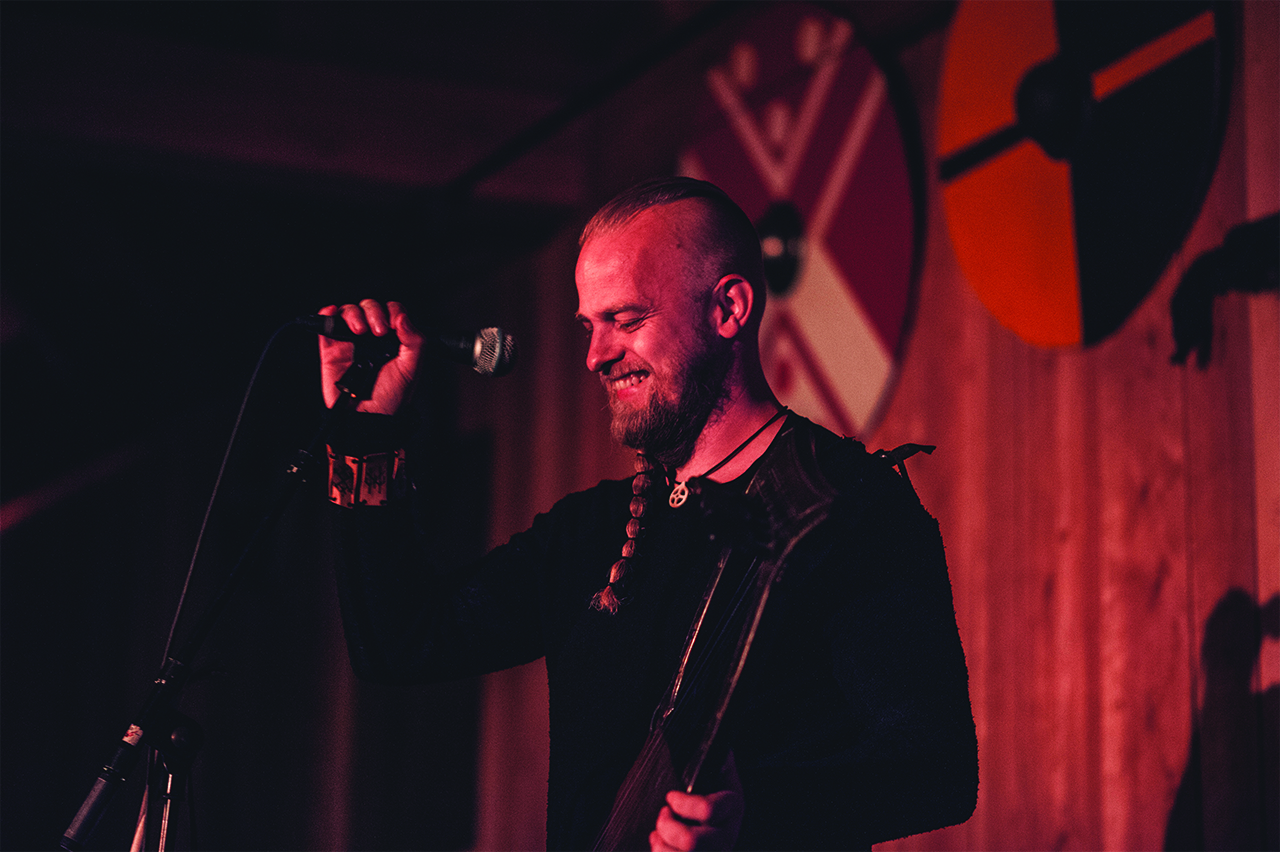
The history amongst these fields channels a continuity that takes many forms. The following evening, Enslaved’s Ivar Bjørnson will play under his Bardspec project: part electro-ambient, part Krautrock-inspired motorik groove and a study of motion that feels like the circulatory system through which the past can be constantly reborn. Midgardsblot’s closing ceremony in here the next evening will be Mayhem’s Attila Csihar in his Void Ov Voices incarnation: a multi-layered, unnerving incantation tuning into the frequencies of slumbering spirits nearby. This is an epicentre, and the waves will travel.
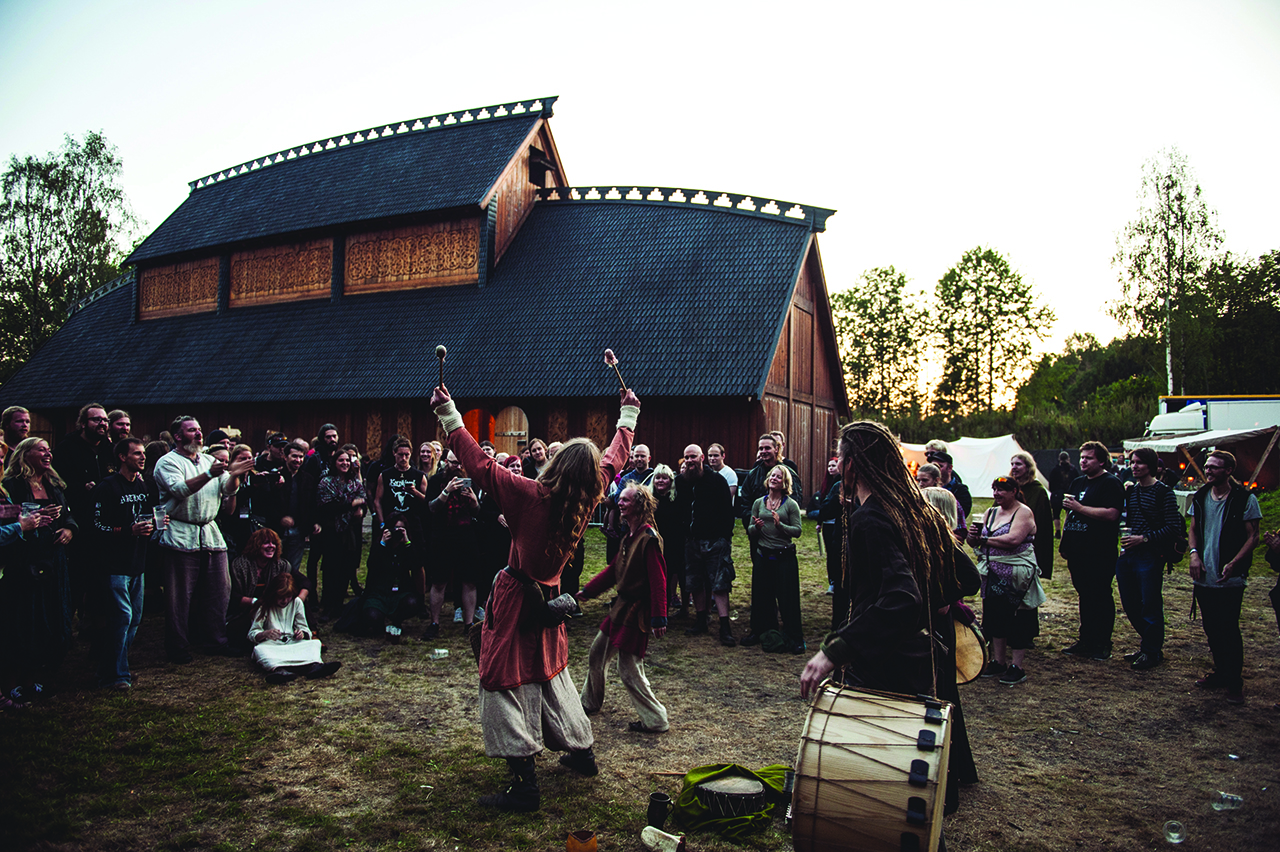
In a cabin overlooking the mounds resplendent in weekend-long sunshine, Einar Selvik and Ivar Bjørnson are discussing cultural interrelationships. “I read a British study,” says Einar, “saying that the Vikings pillaging monasteries across Europe actually saved the European economy. There was almost no trade at the time and no money. And they started freeing capital, basically, creating movement.”
You can imagine them breaking into the monasteries: ‘You’ll thank me for this later…’
“Ha ha ha, yeah, something like that…”
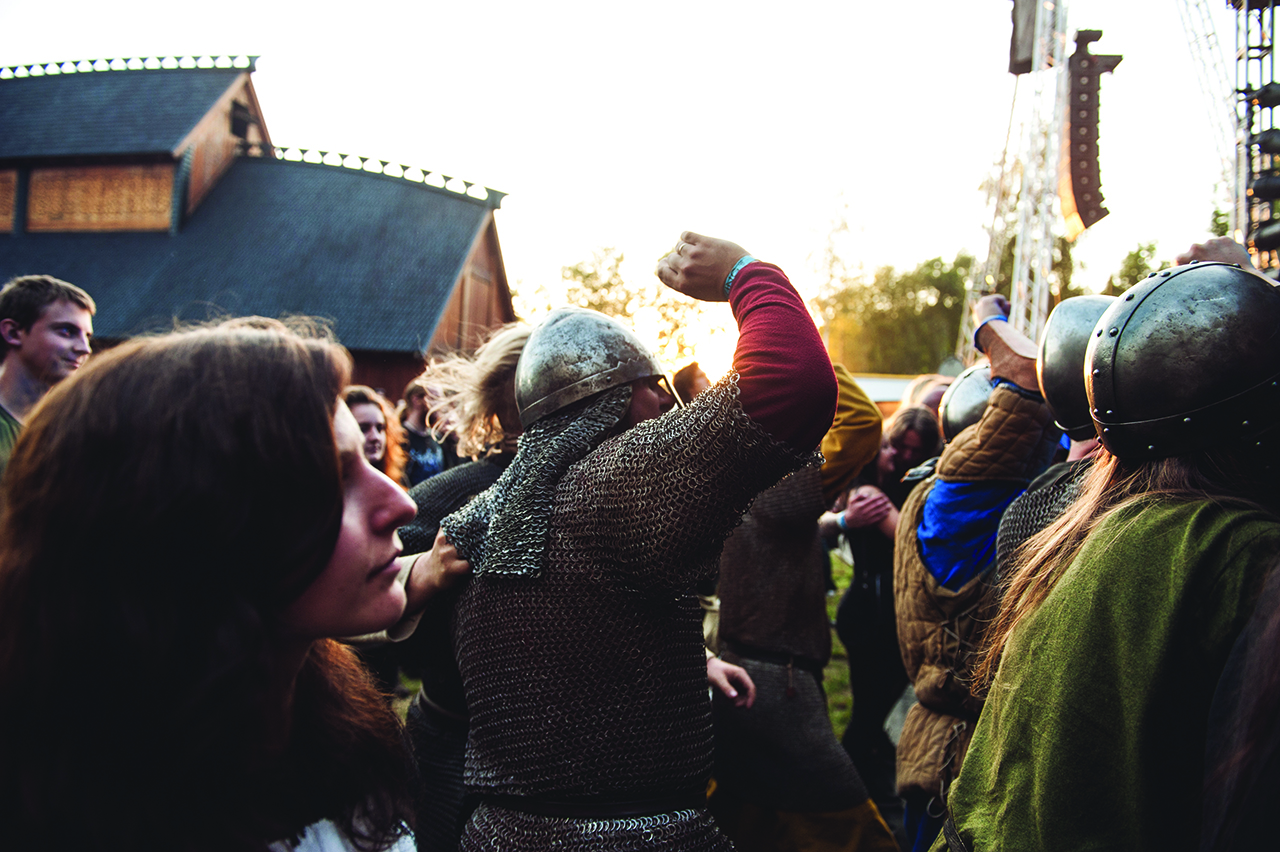
The Vikings are returning, only this time they’ll be freeing minds and souls. In March, Hammer will be partners for the four-day London By Norse event, the centrepiece being the UK debut, and third performance ever, of Skuggsjá. A collaboration between Wardruna and Enslaved, it was commissioned and composed last year in response to the 200th anniversary of the Norwegian constitution that instituted Christianity as the national religion, and did its best to consign the country’s rich cultural heritage to the margins. Making its tempestuous debut at Midgardsblot’s predecessor, last year’s Eidsivablot festival outside the Eidsavating courthouse in Eidsvoll (where the document was signed), the only other performance so far has been at last April’s Roadburn festival, complete with animations by the in-demand Costin Chioreanu, an artist whose often abstract, woodcut style made a perfect match. This will be the release show for the album release of Skuggsjá, and surrounding it will be Wardruna’s second appearance on these shores, Enslaved kicking off a tour to celebrate their 25th anniversary, Einar’s workshop and solo performance (hopefully free of hircine interruptions), an art exhibition by former Gorgoroth/God Seed vocalist Gaahl with more events to be announced soon.
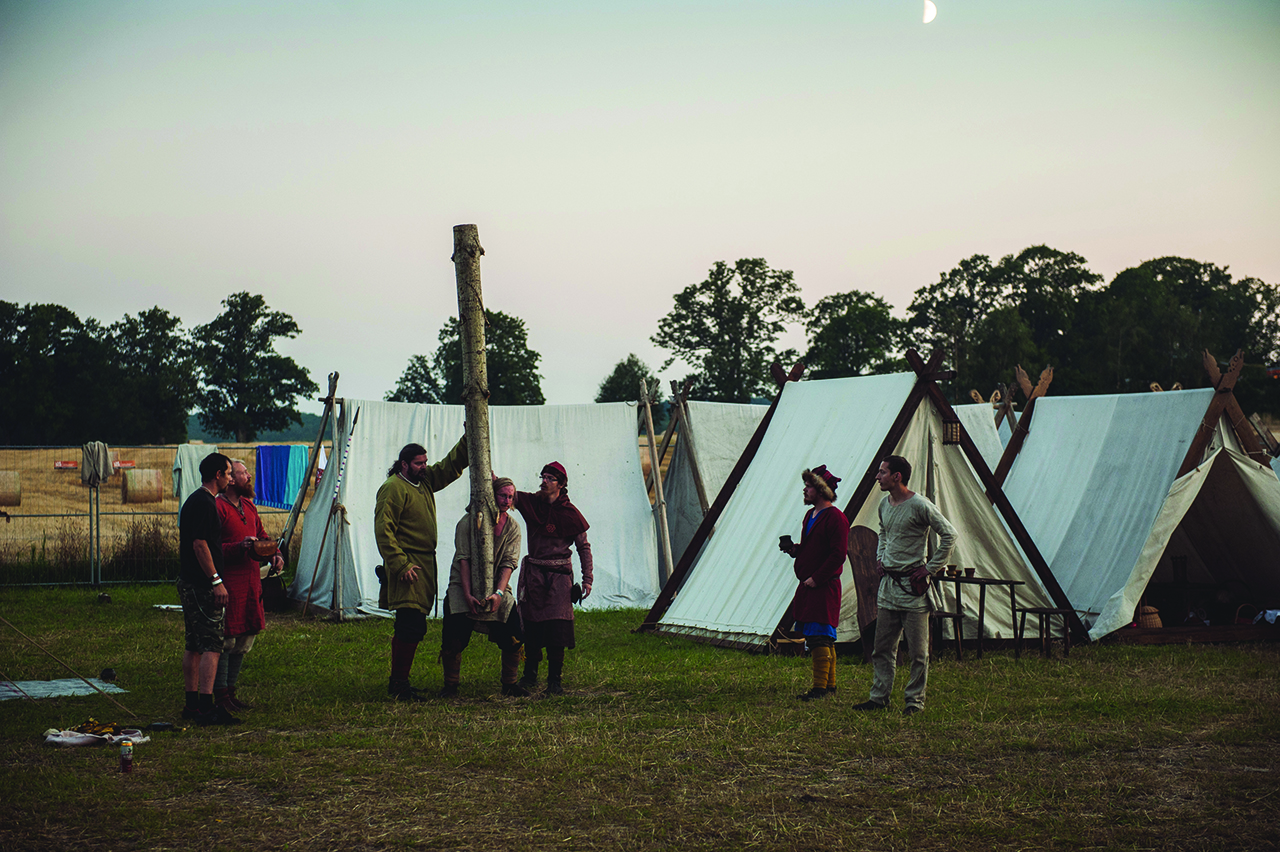
“Things are changing,” says Einar of the growing, deeper-than-Finntroll consciousness that’s been brewing around pagan culture. “There is a growing crowd of people who are starting to acknowledge our history and they’re discovering it, and they also feel all of these wrongs. For me, it’s important when performing live, either solo or with Wardruna or Skuggsjá; it’s about creating a solemn space that if you’re not Christian or religious, you don’t get that anymore. I think people need that and want it. I saw a lot of reactions in the Great Hall yesterday. I react the same way. I think it’s about creating that solemn space. That is serious, it’s not rock’n’roll, it’s not a party… it’s something else.”
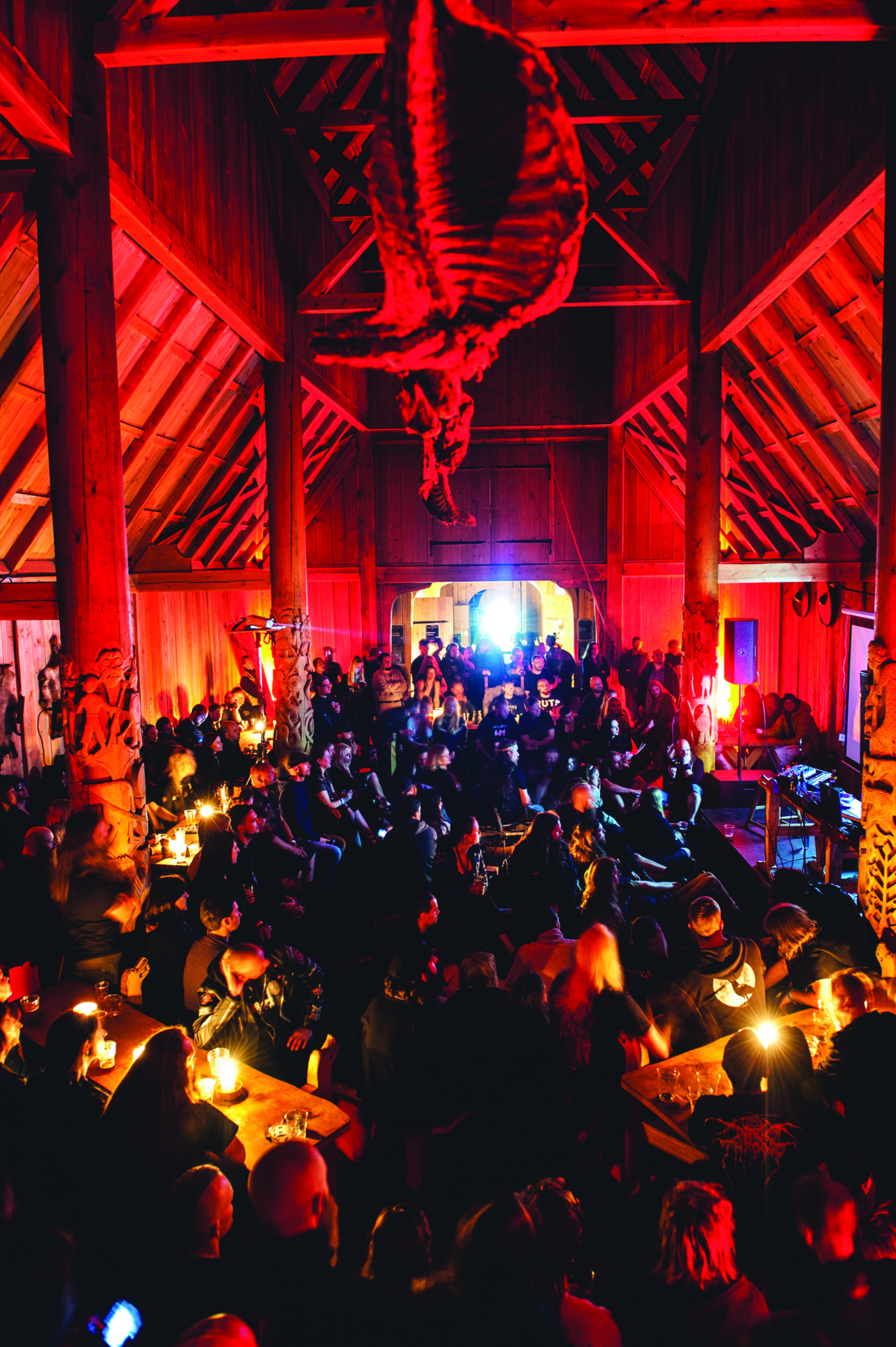
It’s a consciousness that seems to work on two levels: both a political re-reading of history – one that wasn’t written by the victors for their own, propagandistic ends – but also tapping into a spiritual resonance, a continuum the modern world has tuned us out from.
“It’s a slow movement,” says Ivar. “When you see it up close it looks like a rustle in the branches, and then you zoom out and see that it’s this big reptile thing that’s about to start shifting, and we’re privileged to be a part of this… enlightenment, or illumination of that holy space if you want to call it that. There’s a self-awareness that needs to be fed, to connect to something, to have those higher spaces. I think that’s what people are seeing now, that the pagan or whatever you want to call it, heathen movement… it’s gone from being a relative thing where people are doing this because they hate something else, or they’re unhappy or unfulfilled and search out something. That’s meaningless – it just turns it into another ‘me’ thing. Now it’s gone beyond that, and that’s when you have a true intellectual and spiritual revival, when it’s taken for what it is, when it’s unselfish. It’s not an alternative, it’s a thing in itself.”
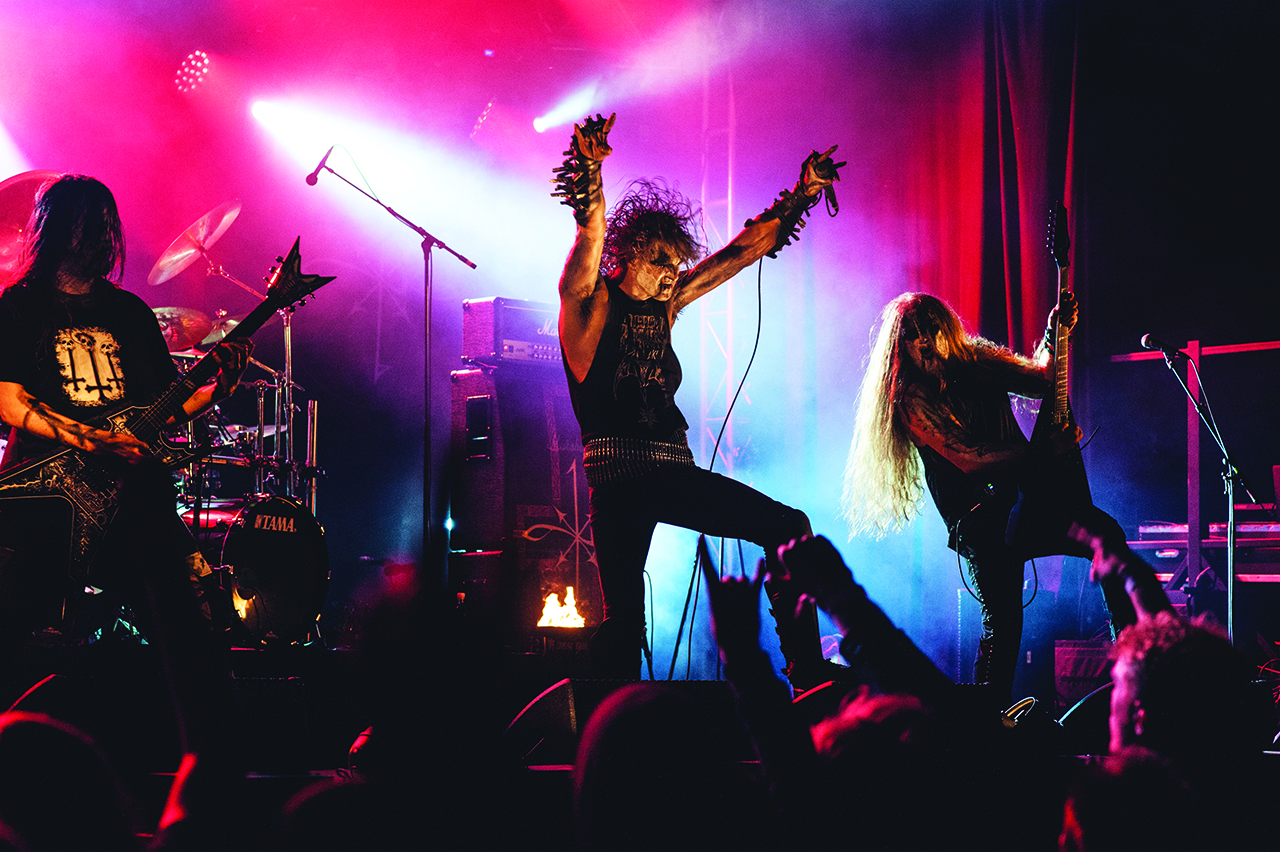
To some extent at least, however, Skuggsjá was conceived in opposition – not least to the canonisation of the sadistic tyrant Olaf II Haraldsson, who met his end thanks to peasant leader and hero amongst the new pagan hordes, Thorir Hund – but also a remembrance.
“It wasn’t like me and Einar in a smoky pub going, ‘Hey, you like Viking? I like Viking!’” says Ivar. “It all had a bit more of a profound aspect to it.”
“The word ‘Skuggsjá’ means ‘mirror’ or ‘reflection’,” explains Einar, “and it’s a long, hard look at ourselves and history and what we were and what we have become, and what we will become. For me, it’s important to give voice to some of the forgotten things, and some of the things that are the truth in terms of how history is displayed today… where if you do humanitarian work, you don’t become knighted in Norway, you receive the Order Of St Olaf – a medal in the honour of the biggest torturing bastard in Norwegian history, and that’s insane. It’s sick. But what I wanted was a piece that could represent the Norse history as well, so for me it’s important to put a lot of positive energy and fruitful energy into it as well. So we both curse and praise, you could say. If you want something to grow, you need to look ahead more than you look behind.”
Not surprisingly for a piece whose starting point is a schism in consciousness, there’s a violence in the music, too. The sound of a storm erupting.
“It’s effecting change,” says Ivar. “Real, profound change very rarely happens after people sit down and have a cup of tea. Friction is fruitful.”
LONDON BY NORSE TAKES PLACE AT VARIOUS VENUES ON MARCH 17-20. SEE WWW.BYNORSE.COM FOR MORE DETAILS ABOUT THE EVENT
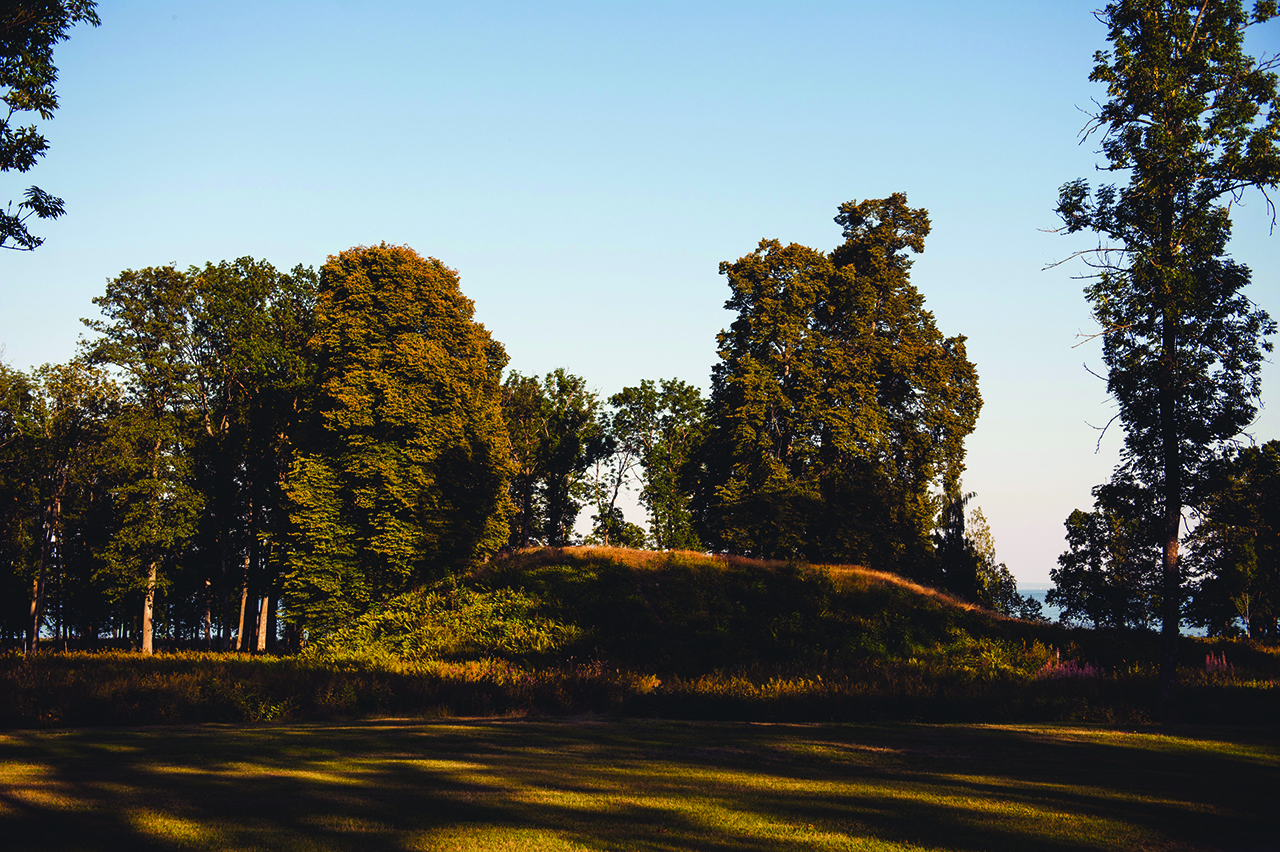
BORRE’D TIME
Three historical facts from the Vestfold dynasty.
THE BORRE BURIAL MOUNDS
The biggest concentration of burial mounds in Northern Europe, and they’ve remained largely untouched. According to saga writer Snorri Sturlason, the mounds host a mythical lineage called the Ynglinga – descendants of the god Frey and the giantess Gerd.
THE GREAT HALL
Borre’s Great Halls were only discovered in 2007 and the reconstruction was completed in 2013. Most of the wood was treated by hand to keep the building as authentic as possible, while the carvings have kept to the local Vestfold style: interlaced geometric knots and animal motifs that are regarded as amongst the most beautiful of the Viking age.
TALENT BORROWS, GENIUS PILLAGES
Many of the artefacts found in Borre took their aesthetic influence from the East, in particular Russia, Poland and the Baltic areas. Several coins were found from as far away as Iraq, but the Vikings weren’t senseless looters – they only took the most luxury items back from their travels.

